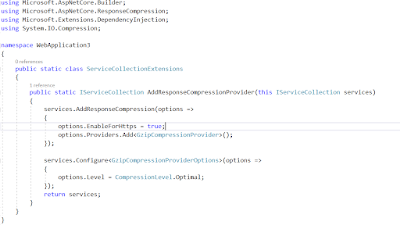GenAI Journey of Our Team
GenAI Journey of Our Team 🎄 GenAI Journey of Our Team 🤖 ❄️ Cold Start New & confusing Prompts didn’t click 📚 Learning the Magic Prompt writing Practice & training ⭐ Getting Better Faster solutions Better quality work 🚀 AI-Powered Team GenAI in daily work Smarter & faster delivery ❤️ Team Effort Our hard work made GenAI part of how we build. Merry Christmas! 🎁
